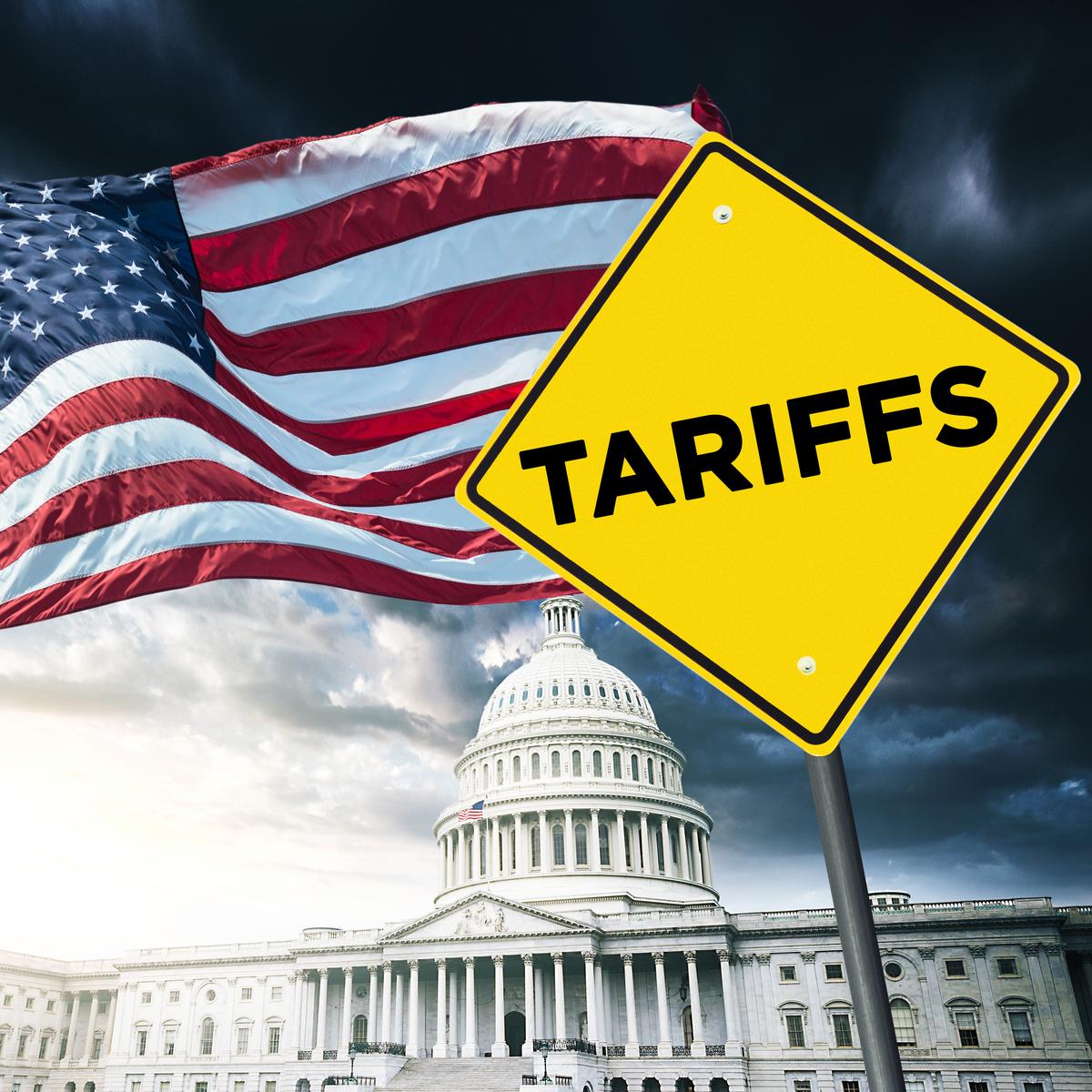US Unleashes Steep Tariffs in Global Trade Shake-Up with Country-Wise Impact Revealed
Major Import Tariffs Announced by the United States Across Key Global Partners
In a bold move that could reshape global trade dynamics, the United States has announced a sweeping set of tariffs ranging from 10% to 41% on a wide range of imported goods from several key nations. The new trade measures, set to take effect from August 7, 2025, target both emerging and advanced economies under what officials describe as a “national interest-first” policy.
Malaysia Faces Selective Tariff Impact
Malaysia will be affected with a 19% tariff on general exports. However, sectors such as semiconductors and pharmaceuticals have been exempted, following successful negotiations between trade officials.
Switzerland Hit with Near-Maximum Rate
Switzerland, a nation known for its luxury exports and financial services, will now face a hefty 39% tariff. Industry analysts expect this to significantly impact Swiss high-end manufacturing, although pharmaceuticals may be spared.
South Africa Enters the Trade Spotlight
South Africa has been issued a 30% import duty, a move that puts pressure on key sectors such as mining equipment, automotive parts, and agricultural products.
Canada’s Exports Targeted Heavily
Canada will now face tariffs of up to 35%, with lumber, steel, aluminum, and automobiles specifically mentioned. These sectors had previously enjoyed preferential treatment under regional agreements.
Temporary Relief for Mexico
While Mexico is not off the hook, the tariff implementation has been delayed by 90 days to allow for further diplomatic and trade negotiations. This move is believed to be a strategic pause considering the country’s economic interdependence with the US.
European Union Benefits from Bilateral Cap
In contrast, the European Union secured a capped tariff rate of 15% as part of an earlier transatlantic agreement. This arrangement was reached after a round of intense bilateral talks and is expected to remain stable for the foreseeable future.
A Global Message on Trade Policy
Trade analysts suggest that this wave of tariffs signals a shift in the US’s approach to international commerce — prioritizing domestic industry and manufacturing resilience. The US administration stated the new structure will help rebalance trade deficits, protect strategic industries, and encourage reciprocal market access.
While the short-term impact may lead to increased prices and potential supply chain delays, longer-term effects will depend on how each country responds — whether through countermeasures or renegotiated deals.
As these tariffs roll out globally, all eyes are now on how the affected countries will react in the coming weeks. Diplomatic and economic responses are expected soon as governments assess the impact on their exports and industries.
